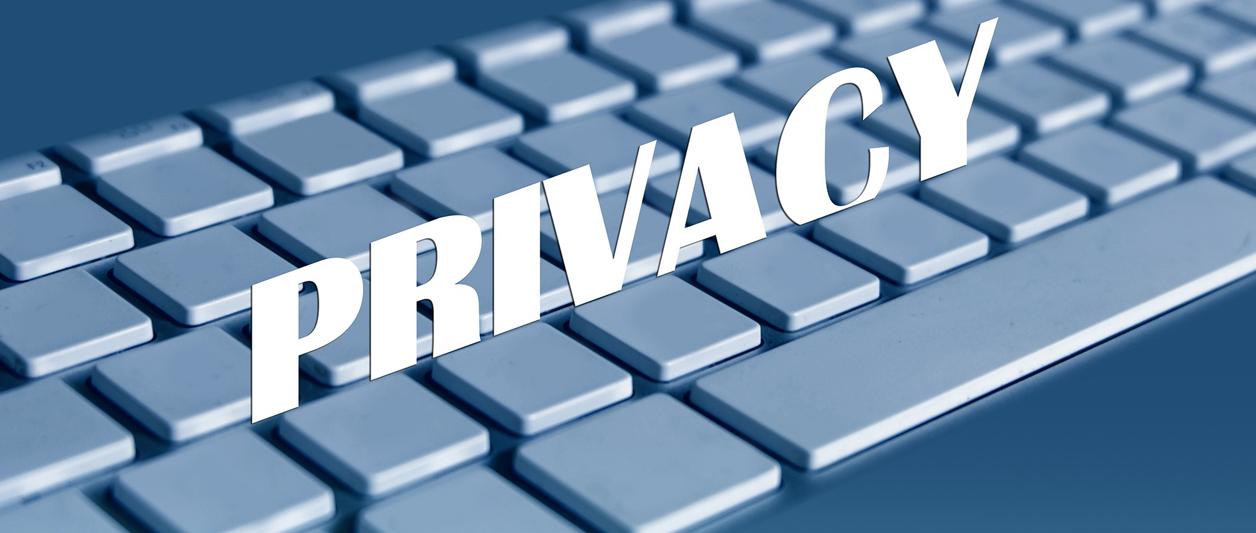
One basic aspect of web design that often leaves business owners and entrepreneurs stumped is deciding which business website pages to include when designing their website. Here are 10 essential pages that every business website should have, along with the type of content you should include on them.
HOME
A number of studies show that it only takes 0.05 seconds for website visitors to decide if they will stay on a website or leave it, so your homepage must quickly convince people to stick around. You want your Home page to grab people's attention and introduce them to your business. This page must load fast, be well-designed and above all have a professional look and feel that is consistent with your brand.
Content to include: A brief but engaging introduction of who you are and what you do or offer; a short description, bulleted list or easy-to-read sections with your featured products and/or services; an explanation of what value you can provide that will benefit potential customers or clients.
ABOUT
One of the most-visited business website pages is the About page. It is where visitors go to learn more about both you and your business. This page should provide a brief summary of who you are, your history and what makes you stand out from the competition.
Content to include: An overview of your your business, including it’s history; bios and pictures of key staff (or the business owner if a sole proprietorship); any special accomplishments you have achieved; a compelling argument of exactly what differentiates you from your competitors.

SERVICES (if you offer them)
The Services business website page is a place for information about what services you provide. Start with a concise summary of your services, then outline each of them in another section. If you offer a wide range of services consider dividing them into easy-to-digest sections with links to where visitors can learn more about any particular service.
Content to include: Short descriptions of your services; bullet points of important info; links to learn more about the benefits potential customers or clients will get from using your services; an explanation of how what you offer differs from the competition.
PRODUCTS (if you have any)
The Products business website page is where you provide detailed information about the products you sell. It's a good idea to start with a brief overall summary before listing your products with photos underneath. If you sell a large number of products and each product requires a lot of descriptive information, consider dividing your product section into categories and linking to individual
product pages.Content to include: An overview of the products you offer along with photos and descriptions; the benefits that customers can expect from the products they purchase from you; why your offerings are better than those found elsewhere.
FAQ
Designed to save time on fielding and answering individual questions, the FAQ (Frequently Asked Questions) business website page is where you tell your potential customers or clients the basics they need to know about your products, services or business processes. Remember, your answers should ultimately help to remove doubt and persuade visitors to become customers. Be sure to include a call-to-action here to prompt prospects to take the next step, whatever that may be.
Content to include: Answer questions regularly asked by potential customers; address their concerns or provide information they need to either make a purchasing decision; overcome any uncertainties they may have.

REVIEWS/TESTIMONIALS
Bearing in mind that research shows that 88% of consumers believe online reviews are as trustworthy as personal recommendations, a business website page with positive reviews and testimonials can go a long way toward boosting credibility and trustworthiness, while establishing social proof. Positive feedback shows prospects that others have been satisfied with your products or services and encourages them to do the same.
Content to include: When possible include photos and the contact info of the person who wrote the review or testimonial (their social media user name or website URL) to lend authenticity and establish trust, so readers know they're legit.
CONTACT
Contact business website pages serve a simple but important purpose: to let website visitors know how to get in touch with you. Be sure to provide people with a variety of ways to reach you so they are able to choose what's most convenient for them
Content to include: Your mailing address; brick-and-mortar location; hours of operation; phone number and fax number (if you have one); e-mail address; social media account links; possibly a contact form that visitors can reach you through (which prevents spam).
TERMS & CONDITIONS
Terms and Conditions business website pages spell out the rules visitors agree to by visiting and using your website. They act as a legally binding agreement between you and your users.
Content to include: Inform users of guidelines that prevent abuses like spamming, posting derogatory content, etc.; talk about intellectual property and copyrights; state that you have the right to terminate website access for any reason; a disclaimer against liability for any errors or third-party links on your site.

PRIVACY POLICY
Every business website, large or small, should have a clearly stated privacy policy so that website visitors know exactly how you will use any personal information they give you on your website or data that's collected through cookies or e-mails. Remember, it's vital to strictly adhere to your stated privacy policy (no fudging it).
Content to include: What data you collect; how you collect data; how visitors get a copy of the information you obtain; and perhaps most importantly, whether their information will be shared with any third parties (if it will be tell them with whom).
SITEMAP
There are two types of sitemaps: XML sitemaps, which have the purpose of helping search engines find your content, and HTML sitemaps, which are created for human visitors. That said, a sitemap page is essentially an index page that lists all the pages on your site.
Content to include: Links to every page on your website; links to your sitemap page in the footer on each of your business website pages.
There could be many other pages that should be included, depending on your particular business, but this list is a good starting point for any business website. When planning a web design or redesign, it pays to think carefully about not just these pages, but the others your business website will have. Anticipating your visitor needs when it comes to web design and development will help you to offer a better user experience, giving you a leg up on the competition.
-
If you need a custom business website built from scratch, or an old website updated, Dotlogics will work with you using a step-by-step process to create the best possible website for
your business.
Let's Get to Work.
Have an unsolvable problem or audacious idea?
